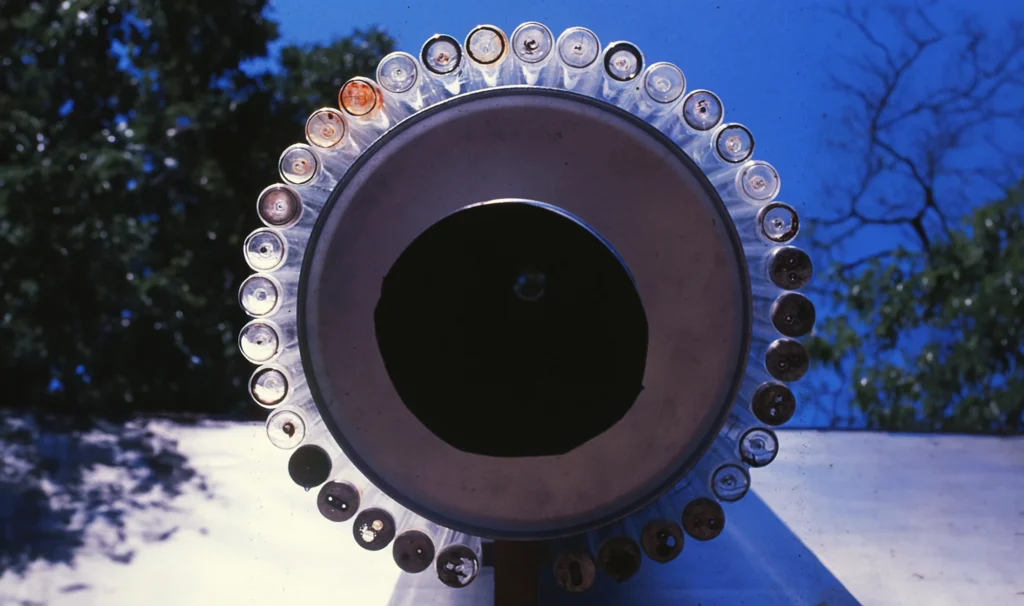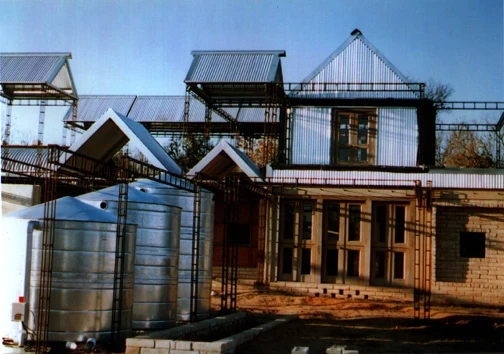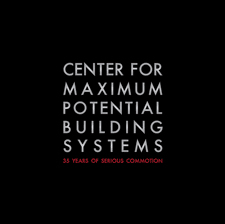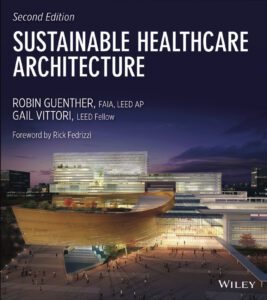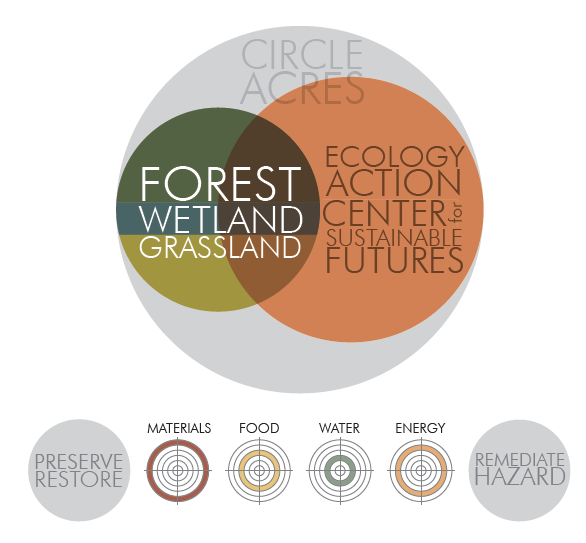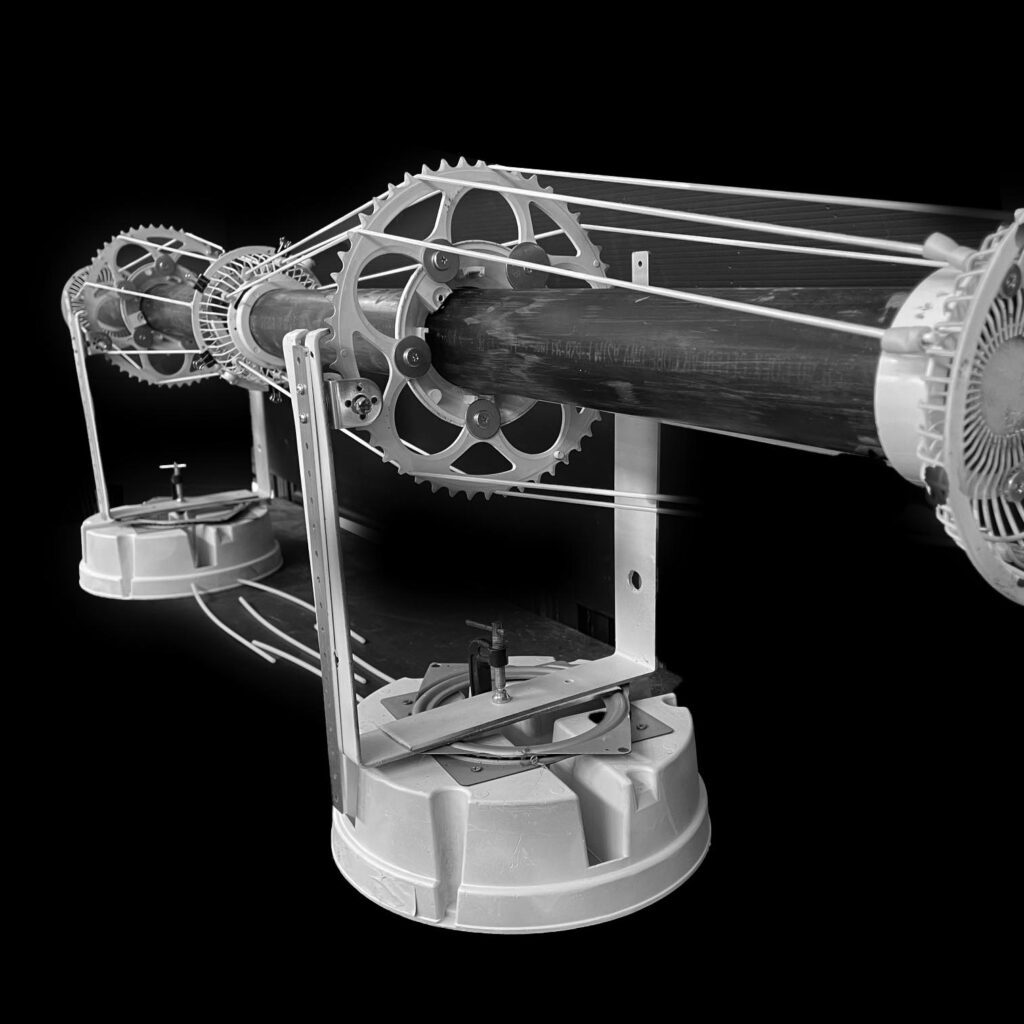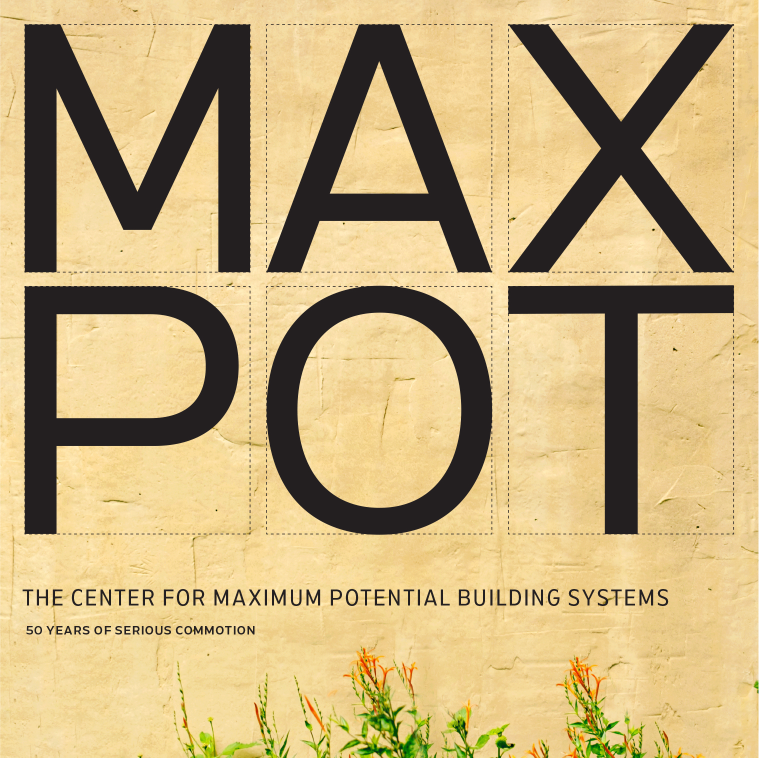AIA Environmental Resource Guide
Project Background
1993
Concept
This significant initiative catalyzed the use of Life Cycle Assessment (LCA) methods in mainstream architectural practice.
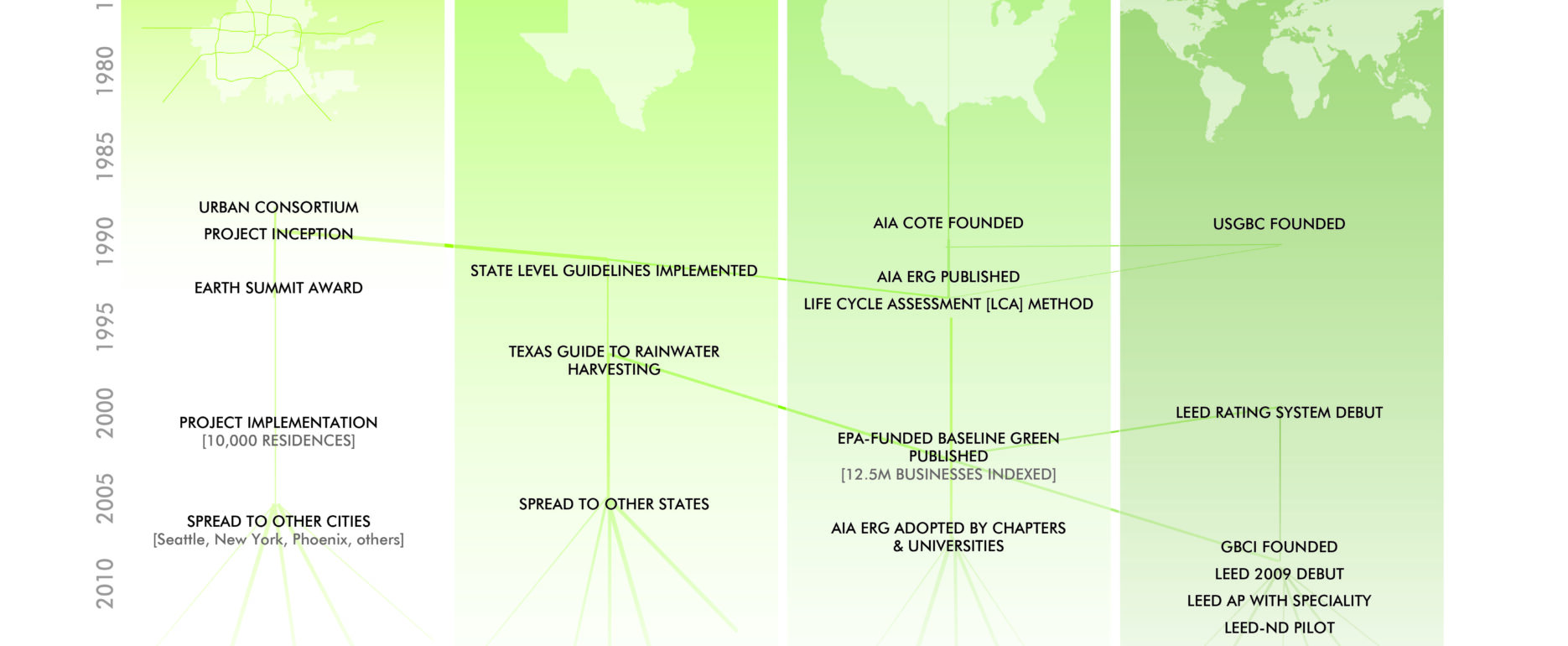
Establishing life cycle assessment methods as the underlying framework for materials assessment
In 1991, Bob Berkebile asked Pliny Fisk to join the AIA Committee on the Environment. Over a two-year tenure on the Committee, he became deeply involved in developing the framework for the Environmental Resource Guide (ERG), a groundbreaking effort to create a methodology to assess the environmental impact of building materials. As Co-Chair of the ERG Committee, Pliny was instrumental in establishing the life cycle as the underlying framework for materials assessment.
The AIA Committee on the Environment’s significant initiative, the Environmental Resource Guide acknowledges for the first time the use of Life Cycle Assessment (LCA) methods in mainstream architectural practice. In so doing, the architectural profession in the United States joined a global initiative to track and understand human impact on the biosphere. It is believed that the fundamental essence of viewing the built environment as a cyclical process from a material perspective, and as a negentropic process from an energy perspective, has vast ramifications in all areas of design. Moreover, this expanded understanding could establish a rich basis to redirect the profession towards a consciousness, understanding and application of sustainable design principles. As with other disciplines, the architectural profession has to a certain extent grown into itself. Architecture, instead, needs to become a true partner and even a leader whose tentacles become intertwined with the myriad disciplines necessary to establish the only rational future—that of a sustainable world.
FUNDING
American Institute of Architects; U.S. Environmental Protection Agency
TEAM
Pliny Fisk III; AIA Committee on the Environment

